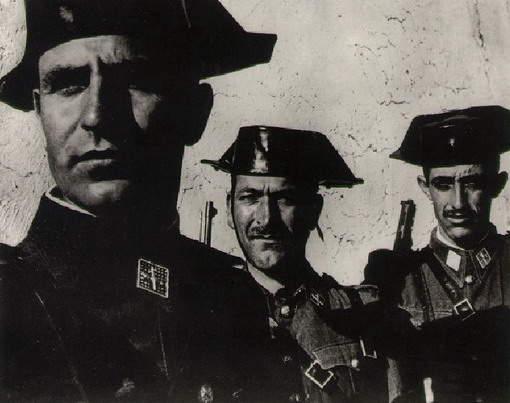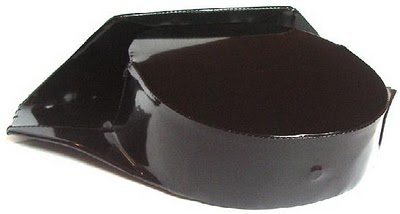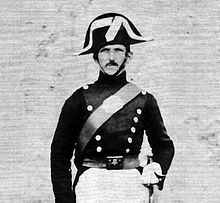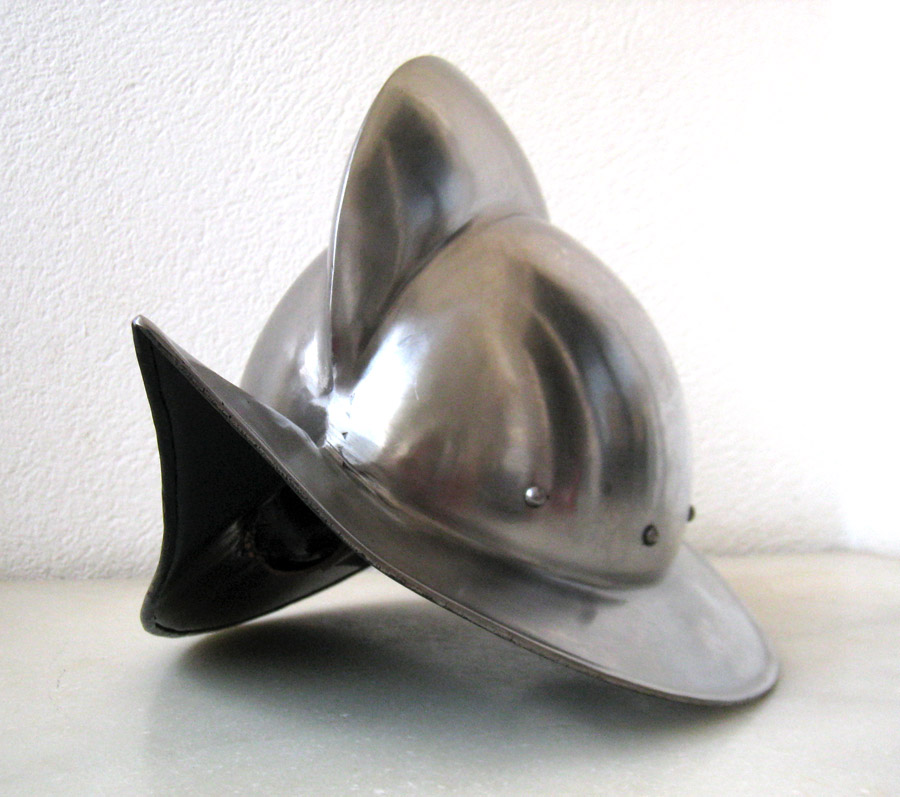
Ever wondered why the Spanish civil guards wear that funny hat? Well I thought I would give you a little background on Spain’s first police force and why their hat became an icon for law and order.
Spain’s Guardia Civil was founded as a national police force in 1844 during the reign of Queen Isabel II of Spain by the Basque Navarrese aristocrat Francisco Javier Girón y Ezpeleta, 2nd Duque de Ahumada and 5th Marqués de las Amarillas, an 11th generation descendant of Aztec Emperor Moctezuma II. Formerly, law enforcement had been the responsibility of the “Holy Brotherhood”, an organization of municipal leagues. Corruption was rife in the Brotherhood, where officials were constantly subject to local political influence, and the system was largely ineffective outside the major towns and cities. Criminals would often escape justice by simply moving from one town to another. The first Guardia police academy was established in the town of Valdemoro, south of Madrid, in 1855 and Graduates were given the Guardia's now famous Tricornio or Cavaliers hat as part of their duty dress uniform, a hat that has become an emblem of Spain, especially Spain’s dictatorship years.
The Guardia was initially charged with putting an end to brigandage on the nation's highways, particularly in the province of Andalucía, which had become notorious for endless robberies and holdups of businessmen, peddlers, travellers, and even foreign tourists. Bandits in this region were so frequent that the Guardia found it difficult to completely eradicate the problem. As late as 1884, one traveller of the day reported that the problems still existed in and around the city of Málaga. The favourite and original method of the Malagueño highwayman was to creep up quietly behind his victim, muffle his head and arms in a cloak, and then relieve him of his valuables. Should he resist, he would instantly bring him to the ground with the dexterous thrust of a knife.
The Guardia Civil was also given the political task of restoring and maintaining land ownership and servitude among the peasantry of Spain by the king, who desired to stop the spread of anti-monarchist movements inspired by the French revolution. The end of the First Carlist War had left the Spanish landscape scarred by the destruction and the government was forced to take drastic action to suppress spontaneous revolts by the remaining rebel peasantry. Based on the model of light infantry used by Napoleon in his European campaigns, the Guardia Civil was transformed into a highly mobile paramilitary force that could be deployed irrespective of inhospitable conditions, able to patrol and pacify large areas of the countryside. Its members, called 'guardias', maintain to this day a basic patrol unit formed by two agents, usually called a "pareja" (a pair), in which one of the 'guardias' will initiate the intervention while the second 'guardia' serves as a backup to the first.
Today the Guardia Civil is a police force subject to the checks and supervision expected in a democratic society. Moreover, the guardias' proven effectiveness throughout history, whether in controlling banditry or in addressing the subsequent challenges and tasks given to them, meant that additional tasks have been added regularly to their job description.
Today, they are primarily responsible for policing and/or safety regarding the following areas:
Highway patrol, Protection of the Royal Family and the King of Spain, Military police, Counter drugs operations, Anti-smuggling operations, Customs and ports of entry control, Airport Security, Safety of prisons and safeguarding of prisoners, Weapons licenses and arms control, Security of border areas, Bomb squad and explosives, Security in rural areas, Anti-terrorism, Coast guard, Police deployments abroad (embassies), Intelligence and counter-intelligence gathering, Cyber crime, Hunting permits and finally Environmental law enforcement (SEPRONA).
In January 2011 the Civil Guard of Spain, La Benemérita, renewed its uniform, unchanged since 1986. The military association inherent to their old attire was replaced by a police force aesthetic: polo shirts and cargo pants substituted button-up shirts and pleated trousers. The colour of the uniform changed too: a dark shade of green replaced the former lighter coloured military green.
The most important modification, however, was the replacement of the tricornio, a three-cornered hat made of black polished leather, in the heritage of the ones worn by Spanish soldiers during the 17th century.  The substitution surprised everyone; the tricornio was the quintessential symbol of the Civil Guards. Imagine supplanting the cowboy hat with a baseball cap—no small step for a military institution.
The substitution surprised everyone; the tricornio was the quintessential symbol of the Civil Guards. Imagine supplanting the cowboy hat with a baseball cap—no small step for a military institution.
Tidiness and cleanliness were attributes emphasised in La Benemérita’s uniform code since the foundation of the institution back in 1844. The founder, Don Francisco Javier Girón y Ezpeleta, believed that it was important to create a police force that the Spanish population would respect at first sight even fear. The value of the aesthetic was given the highest importance and was carefully managed.  The elegance and uniformity of the attire was praised and valued. Blue was chosen as the main colour (replaced by green in the reform of 1943) and the tricornio as the element of uniformity. Don Ramón María de Narváez y Campos, Duque de Valencia and prime minister at the time, chose the three-cornered hat used by the Spanish cavalry for the new police force headwear.
The elegance and uniformity of the attire was praised and valued. Blue was chosen as the main colour (replaced by green in the reform of 1943) and the tricornio as the element of uniformity. Don Ramón María de Narváez y Campos, Duque de Valencia and prime minister at the time, chose the three-cornered hat used by the Spanish cavalry for the new police force headwear.  The Duque de Ahumada didn’t agree with the idea, however; he favoured the notion of borrowing the Morrión style, a steel helmet used by the Tercios, the famous and feared Spanish infantry formation of the XVI century. The Queen Isabella II had the last word; she backed the prime minister’s opinion, and the three-cornered hat was appointed official Guardia Civil headwear.
The Duque de Ahumada didn’t agree with the idea, however; he favoured the notion of borrowing the Morrión style, a steel helmet used by the Tercios, the famous and feared Spanish infantry formation of the XVI century. The Queen Isabella II had the last word; she backed the prime minister’s opinion, and the three-cornered hat was appointed official Guardia Civil headwear.
The Guardia Civil was a tool for repression and civil order. Their constant excesses and lack of responsibility for their actions made them extremely unpopular in the beginning. They were feared, and so was their uniform. The poet Federico Garcia Lorca portrayed the brutality of the Guardia Civil in many of his poems.  Furthermore, nothing signified repression more than their tricornio, and even to this day there are popular jokes that relate the “magical” power of the hat, that it transferred violence to whoever wore it. During the dictatorship of Franco, it was the tricornio that symbolised the merciless will of the “Caudillo”.
Furthermore, nothing signified repression more than their tricornio, and even to this day there are popular jokes that relate the “magical” power of the hat, that it transferred violence to whoever wore it. During the dictatorship of Franco, it was the tricornio that symbolised the merciless will of the “Caudillo”.
Fortunately those days are gone. The Guardia Civil has evolved as did society and Spain’s democracy, it was the first European police force to admit a same-sex couple in a military installation, which was no small step for such a right-winged organisation.
The tricornio, however, won’t disappear just yet. Its use will be reserved for ceremonies and parades, and the gorra teresiana, the everyday hat will be replaced by a “more comfortable and modern” baseball cap. So there you have it, the inherent attributes of authority, power, and law are put aside to bring in airs of casualness and practicality.